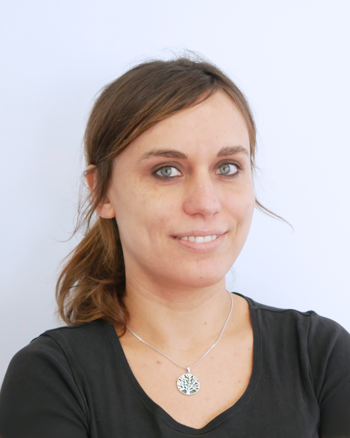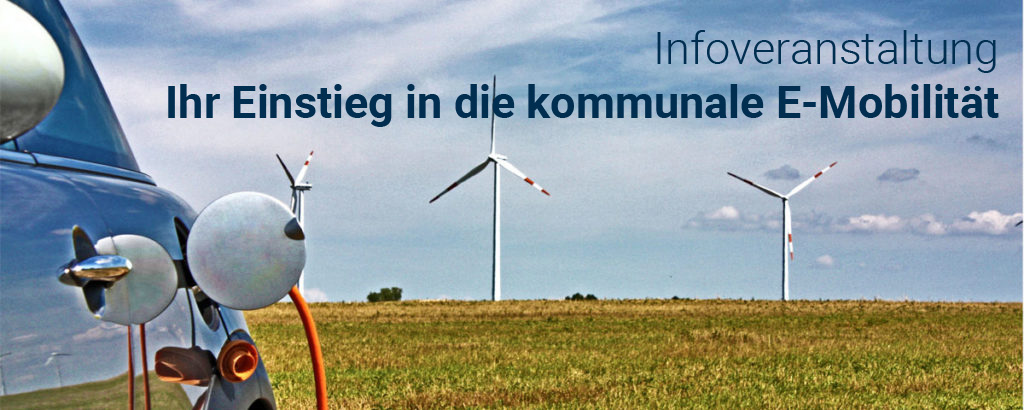
Orientation meeting: E-mobility at local levels
10. January 2017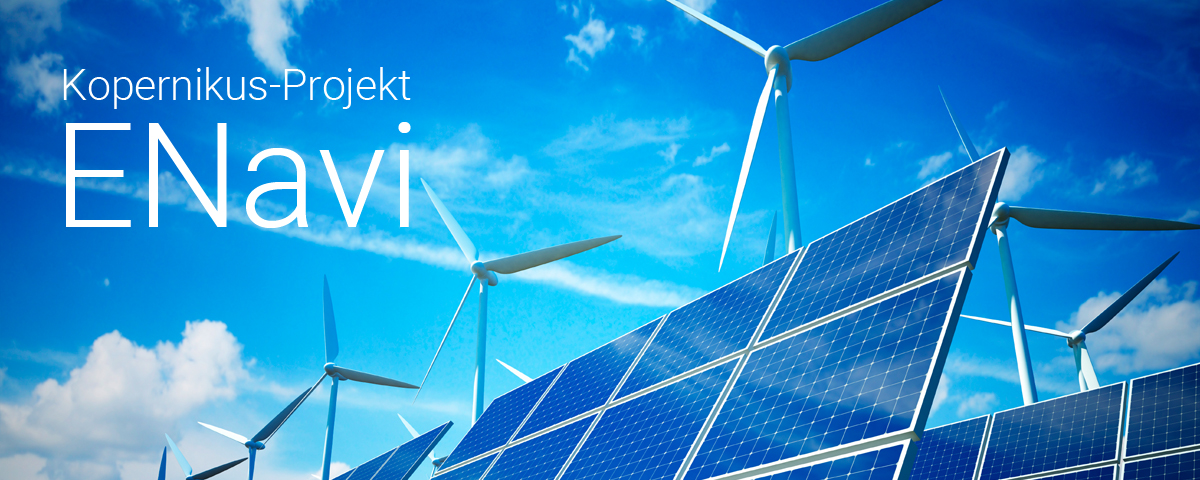
Kopernikus Project ENavi
13. January 2017WindNODE – Showcase Intelligent Energy in Northeastern Germany
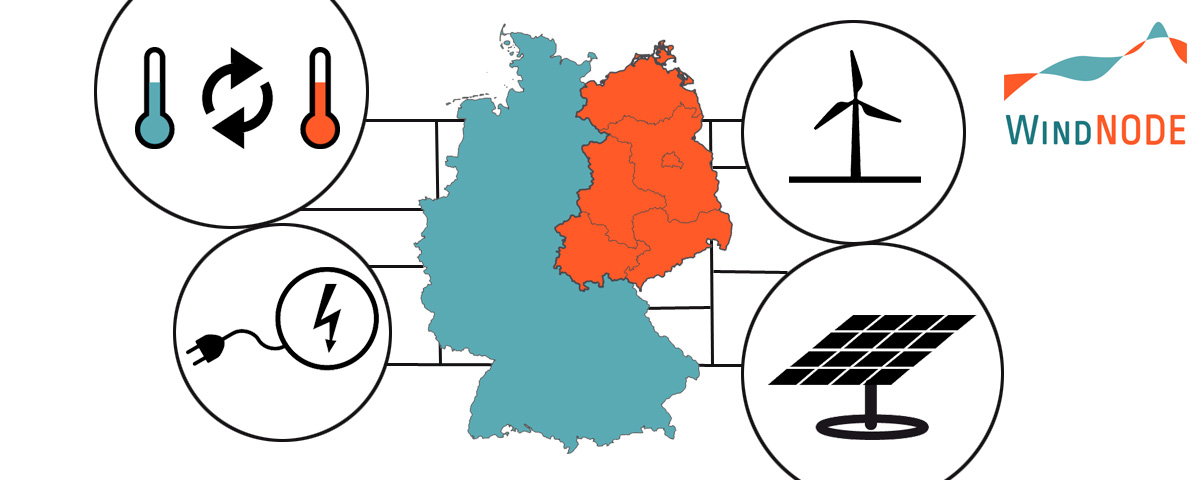
Optimization and flexibilization of renewable energy generation through digitalization
The joint research project WindNODE aimed at understanding the efficient interplay of renewable energy generation and consumption as well as the energy grids in between. Everything should be optimized and made more flexible through digitalization. This took place in northeastern Germany as a model region, which is also the control area of the transmission grid operator 50Hertz. RLI was one of about 50 project partners who share work packages and tasks.
Study of two different regional approaches for the integration of large amounts of renewable energies
In the model region of northeastern Germany, the RLI was studying two different regional approaches to integrating large amounts of renewable energy and comparing them with each other: the Anhalt-Wittenberg reallaboratory with a decentralized approach and the Uckermark regional power plant with a centralized approach. Whereas in the Anhalt reallaboratory, energy generated on site from renewable sources was to be used as directly as possible at the lower grid levels, in the Uckermark regional power plant, the energy generated from renewable energy plants was first bundled at the medium-voltage level and then fed for the most part into the high-voltage grid. In both regions, the main focus was on the use of flexibility options to avoid curtailment, use surpluses from renewables, and increase their share locally ("regional marketplace").
How can large amounts of renewable energy be efficiently integrated into a system that spans multiple energy sources?
WindNODE focussed on the efficient integration of large quantities of renewable energy into an energy grid that should be optimized for all energy sources and sectors such as power, heat, and mobility. Specific goals included the development of innovative products and services that complement the traditional business of volume-based energy sales, and the creation of consumer protection and data security standards. Also, making the current system more flexible was one of the main objectives.
WindNODE was one of five joint research projects that are funded within the SINTEG Initiative (Showcase Intelligent Energy – Digital Agenda for the Energy Transition) by the German Federal Ministry for Economic Affairs and Energy (BMWi).
Project duration: 01.12.2016 - 30.11.2020
The joint research project WindNODE aimed at understanding the efficient interplay of renewable energy generation and consumption as well as the energy grids in between. Everything should be optimized and made more flexible through digitalization. This took place in northeastern Germany as a model region, which is also the control area of the transmission grid operator 50Hertz. RLI was one of about 50 project partners who share work packages and tasks.
Study of two different regional approaches for the integration of large amounts of renewable energies
In the model region of northeastern Germany, the RLI was studying two different regional approaches to integrating large amounts of renewable energy and comparing them with each other: the Anhalt-Wittenberg reallaboratory with a decentralized approach and the Uckermark regional power plant with a centralized approach. Whereas in the Anhalt reallaboratory, energy generated on site from renewable sources was to be used as directly as possible at the lower grid levels, in the Uckermark regional power plant, the energy generated from renewable energy plants was first bundled at the medium-voltage level and then fed for the most part into the high-voltage grid. In both regions, the main focus was on the use of flexibility options to avoid curtailment, use surpluses from renewables, and increase their share locally ("regional marketplace").
How can large amounts of renewable energy be efficiently integrated into a system that spans multiple energy sources?
WindNODE focussed on the efficient integration of large quantities of renewable energy into an energy grid that should be optimized for all energy sources and sectors such as power, heat, and mobility. Specific goals included the development of innovative products and services that complement the traditional business of volume-based energy sales, and the creation of consumer protection and data security standards. Also, making the current system more flexible was one of the main objectives.
WindNODE was one of five joint research projects that are funded within the SINTEG Initiative (Showcase Intelligent Energy – Digital Agenda for the Energy Transition) by the German Federal Ministry for Economic Affairs and Energy (BMWi).
Project duration: 01.12.2016 - 30.11.2020
Please find further information on WindNODE and its components and partners here (in German)
Further Information on the SINTEG Initiative (in German)
Within the Project WindNODE, Reiner Lemoine Institute analyzed and compared two different approaches for integrating high shares of renewable energy:
- In the region of “Reallabor Anhalt”, locally generated renewable energy was to be used directly in the distribution grid in order to increase the region’s consumption and to avoid the necessity of grid expansion. Therefore, we focused on possible scenarios using flexibility options considering the existing grid capacities on high voltage and medium voltage grid level.
- In the "Regionalkraftwerk Uckermark" (regional powerplant Uckermark) the generated energy from renewable energy plants was collected first and then fed into the transmission network. Curtailment power was to be used in power-to-heat facilities among others. There, we analyzed business models, which are profitable from a business perspective and also provided advantages for the whole energy system from a national economic point of view. We estimated the potential of the so-called “SINTEG regulation” as well as possible further regulations in the energy sector.
After finishing the WindNODE research project, the following results can be noted from RLI’s point of view:
- Sufficient areas are available for the installation of wind and PV
- Regional energy supply is an important aspect in the two regions
- Specific results can also be noted for each of the two model regions:
- For the Anhalt-Wittenberg reallaboratory:
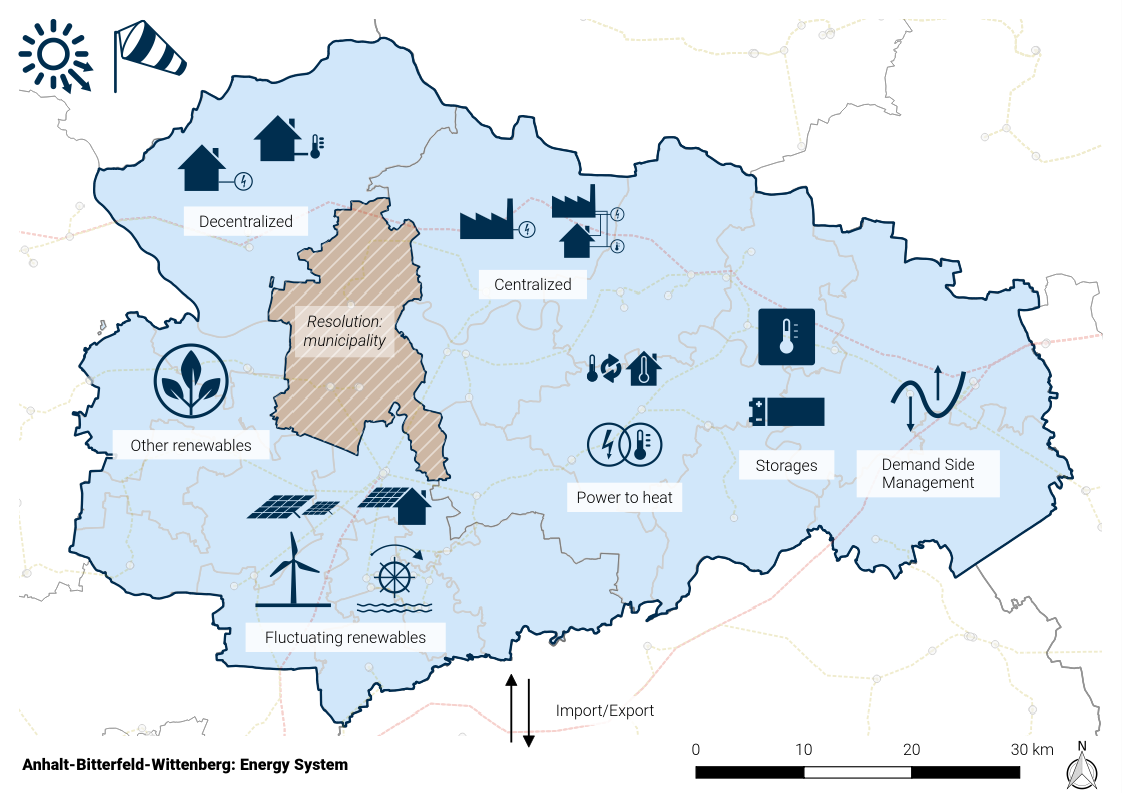
- Land use restrictions for renewables should be revised in favor of renewable energy expansion
- High export potential of renewables, highly dependent on land-use restrictions
- Regional electricity production costs may decrease with large-scale electricity exports
- Climate-neutral energy scenarios can technically work through the use of flexibilities, even with high levels of self-sufficiency (>80%)
- For the Uckermark regional power plant:
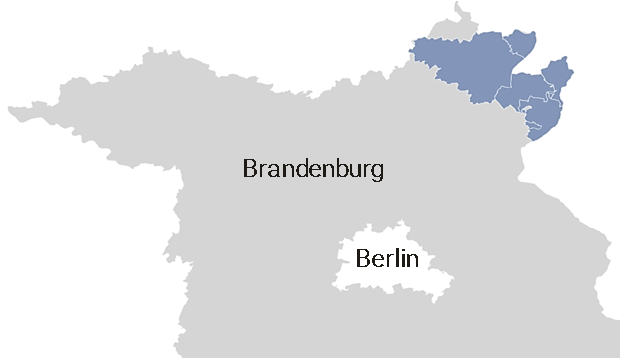
- Regulatory framework prevents the use of down-regulated wind power (“level playing field” makes sense)
- CO2 pricing can increase profitability of flexibilities and create space for business models (especially for PtH)
- Flexibility options can reduce, though not eliminate completely, curtailment (grid expansion may still be required to some extent)
- The following publications were published as part of the WindNODE project:
- Flexibility options for enhanced use of electricity from renewable energy sources (Amme et al. 2020)"
- Marcus Schulzy wrote his Master’s thesis “Economic analysis and evaluation of the use of flexibility options in regional energy systems with increasing shares of renewable energy: a modeling of technological and regulatory scenarios using the example of the Uckermark region" (in German) at RLI
Detailed results of the research for the regional market place Anhalt-Bitterfeld
Detailed results of the research for the regional power plant Uckermark
- For the Anhalt-Wittenberg reallaboratory:
In the joint research project WindNODE, more than 70 partners from industry and research worked together on different tasks. Please find a complete list on the official project website (in German):
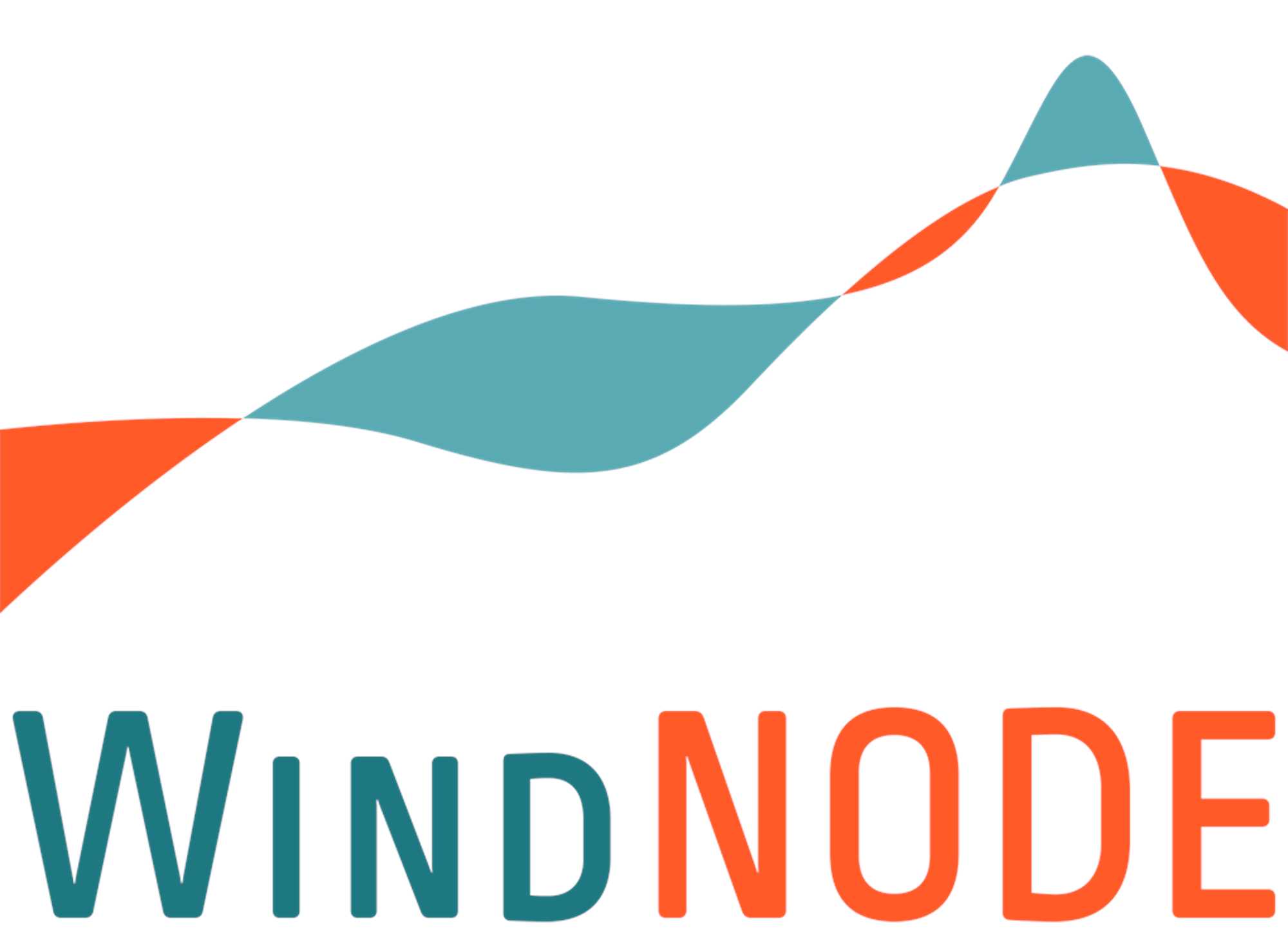

WindNODE was part of the funding initiative Showcase Intelligent Energy – Digital Agenda for the Energy Transition (SINTEG) by the German Federal Ministry for Economic Affairs and Energy (BMWi).
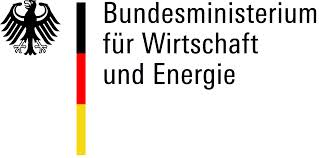
Research at RLI is supported by the Reiner Lemoine Foundation.

Research at RLI is supported by the Reiner Lemoine Foundation.





